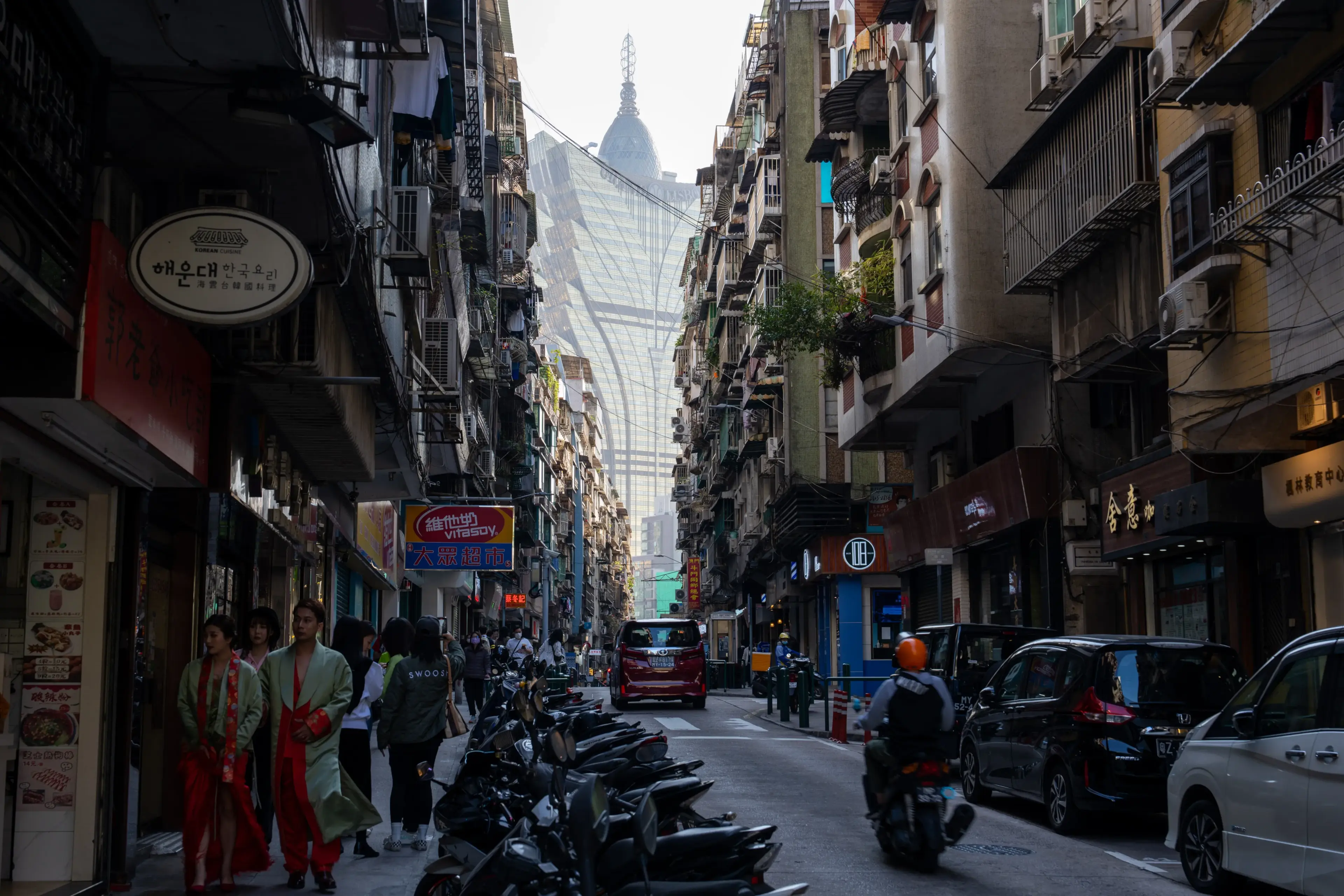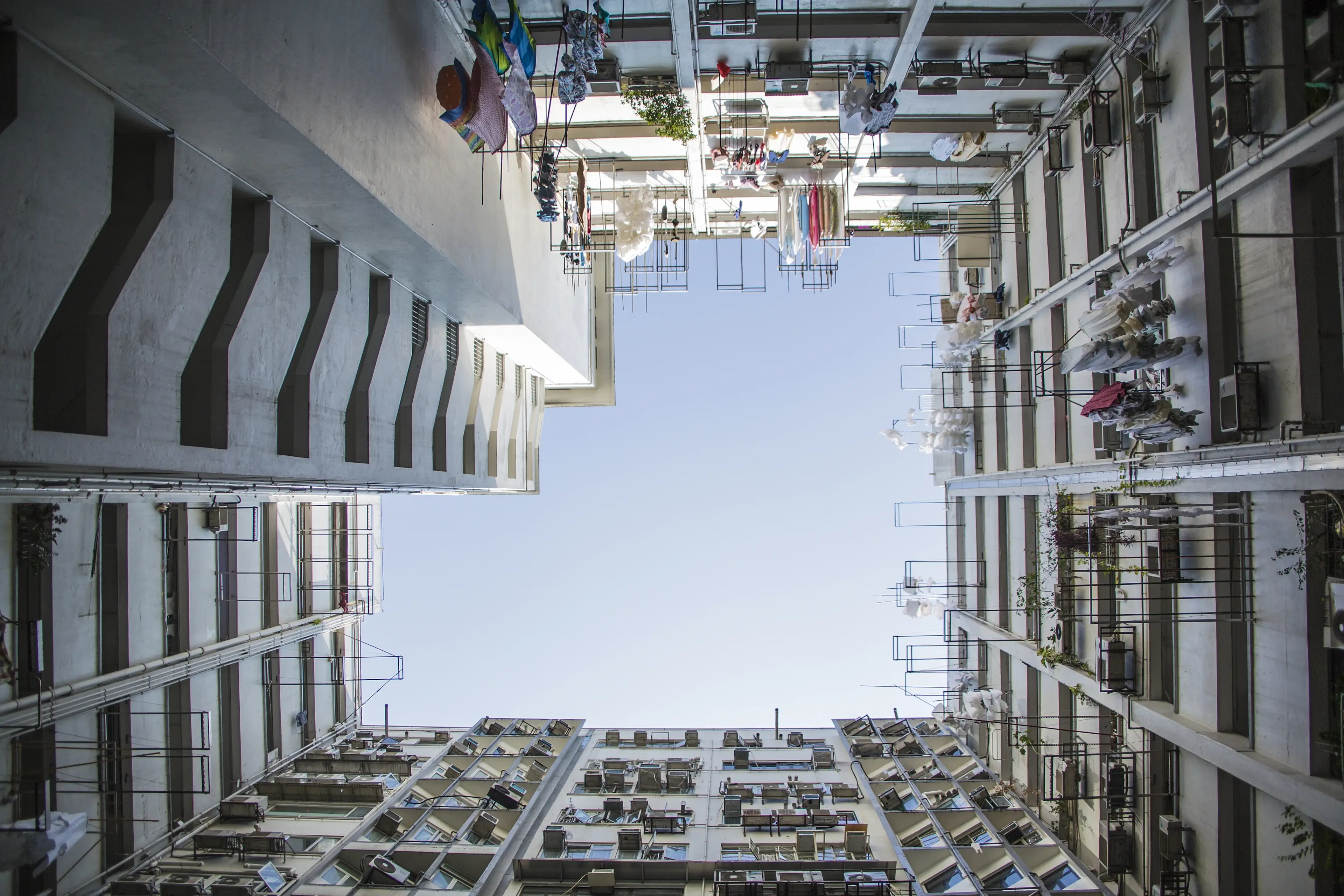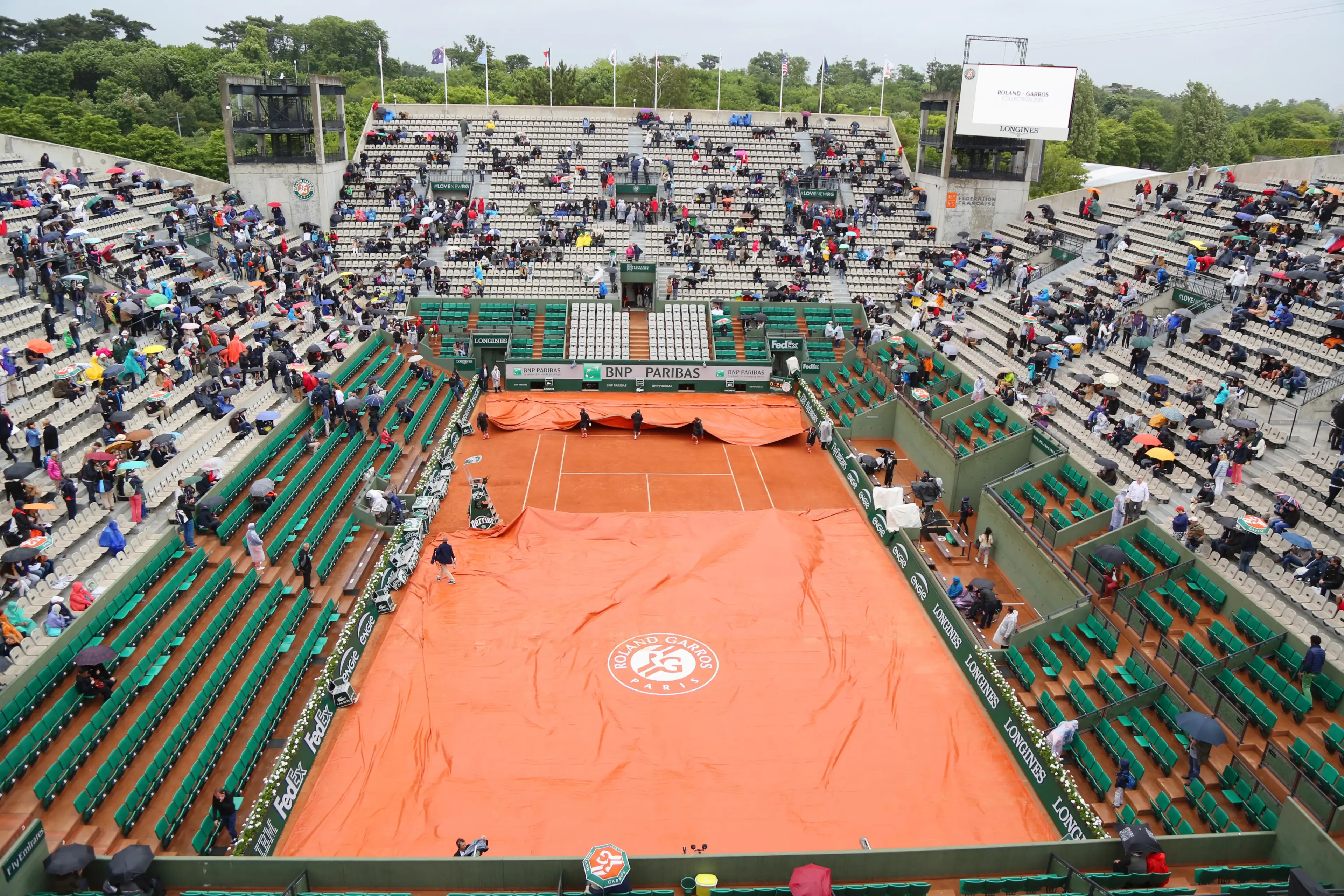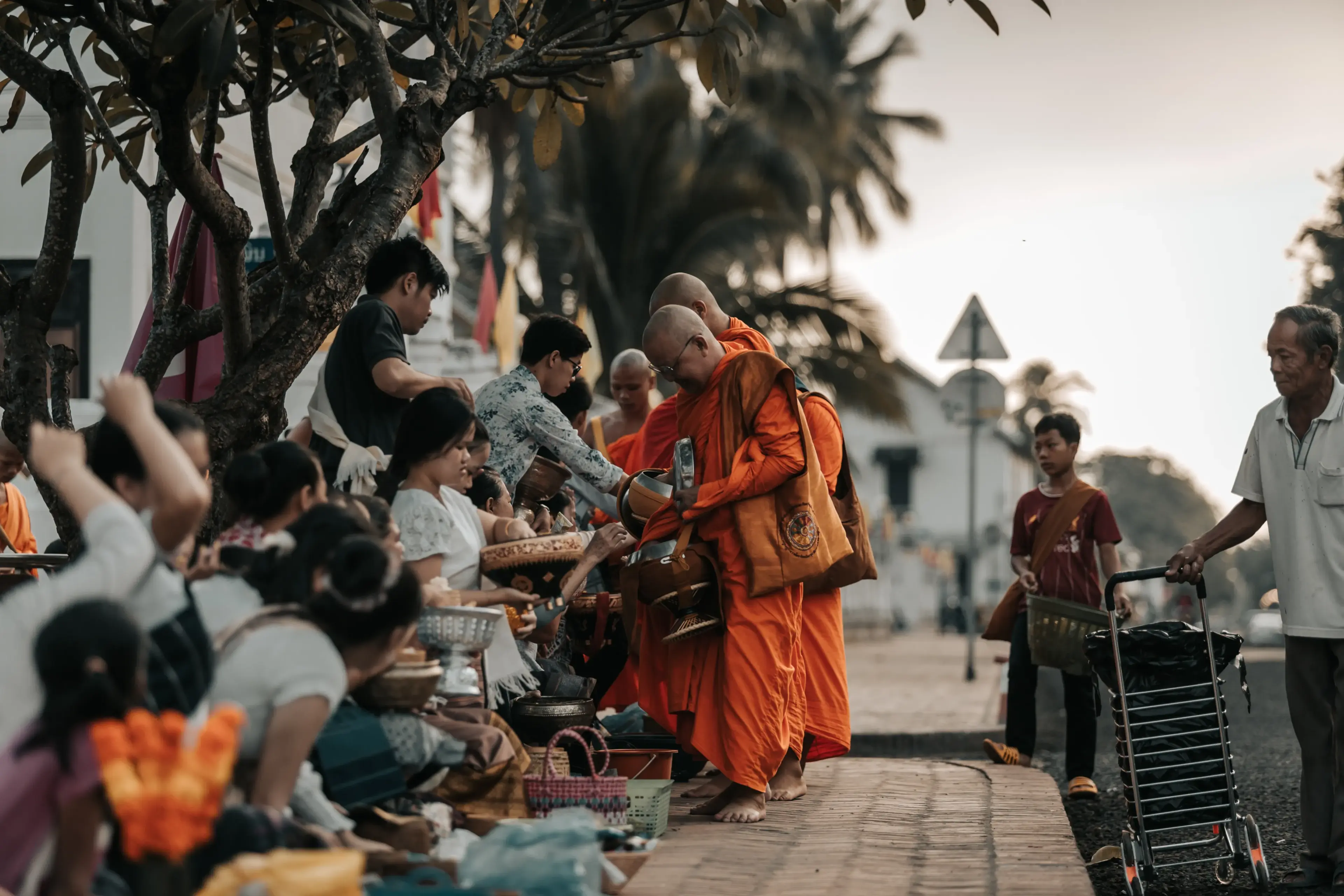
Inside the Australian Open: 6 Insider Tips
Updated August 2, 2023Although Rafa was not able to realize his Grand Slam dreams, I’m still holding onto mine. With Wimbledon and the US Open under my belt, I planned my entire 2-year journey around attending the Australia Open in Melbourne–and it did not disappoint.
Not only did I see fabulous tennis, I got to know the inside scoop on this world-class event. Here’re 6 insider tips to consider as you plan your Australian Open outing.
Rod Laver Arena is surprisingly small.
Actually the whole tennis complex is tiny, especially compared with the US Open’s Flushing Meadows and Wimbledon (which was huge). The small size is actually a good thing for spectators. There’s really not a bad seat in the house.
And the famous moving roof is pretty cool too, although it has a distinct disadvantage –it’s become a haven for nesting birds. So birds periodically swoop onto court and feathers drift downwards during play. Slightly distracting.
Being a ballkid is highly competitive.
Forget the fierce competition between professional tennis players, the real competition is among the MLC Ballkids. I got the 411 from 14-year-old ballkid Georgia.
To become a ballkid, you must be between the ages of 12-15. You first apply online and then have your skills tested and ranked. You need a 1 ranking to perform your duties in Rod Laver Arena. A ranking of 2 or 3 will get you on one of the other show courts, and a 4 or 5 will relegate you to the outside courts. If you’re small and fast, you get to perform at the net. The taller kids are stationed on the base lines.
You don’t get paid as a ballkid, but you do get free gear. This year they received the ugly Lacoste goldenrod yellow hats, long-sleeved (very hot) shirts, shorts and shoes. Ballkids also get the privilege of passing a sweat-soaked towel to the top players. A good gig if you’re a teenager.
Beware the electronic Spider.
Between shots, a giant camera suspended by 4 cables flies around the court and hovers near players’ chairs. While it looks like a flying electronic octopus, it is more appropriately a quadopus. Whatever it is, it’s a little disconcerting. That thing is everywhere.
Pay attention to the sun / shade lines.
When choosing your seat, pay particular attention to where the shade line falls. When buying my ticket for the women’s semi-finals, I scored a third row, corner seat in the shade. The ticket booth girl was so genuinely excited about this seat, I had to buy the ticket. (And it turned out to be the best seat ever and the matches were unparalleled that day.)
If you are unfortunate enough to land a seat in the sun, have no fear. A cute Aussie fellow patrols the stands distributing 30 SPF sunscreen to rosy spectators.
The Aussie crowd is rowdy.
I don’t know why this would be surprising, but it was. And it wasn’t just the vocal local crowd, it was the whole party-like atmosphere of the place. During matches the players faced fireworks going off, Australian air force fly-overs, a 21-gun salute to mark Australia Day, and a rock concert performing in entertainment Oval. Thankfully the players had rock solid concentration.
Betting is not only allowed, but encouraged.
It’s funny to me that you can not only bet on the outcome of the match before play starts, but also during the match. In fact, during the televised broadcast, the announcers read out the changing odds based on the player’s previous games. Apparently, Aussies like their betting a whole lot, with more slot machines per capita than any place in the world.
Melbourne is a great city to visit and attending the Australian Open is a perfect excuse. I highly encourage you to go. Just be sure and nab a seat in the shade and wait until mid-match to place your bets. Then you’ll be a winner for sure!
Erin Michelson is a social entrepreneur and world traveler. A self-styled Adventure Philanthropist, Erin is embarking on a 2-year global giving adventure called Erin Goes Global. Starting in Fiji on New Year’s Day 2011, Erin Michelson will travel to more than 70 counties on 7 continents during 2011-2012. Along the way, Erin will be volunteering with global non-profit organizations, including building wells in Uganda and tutoring young girls in Bangladeshi boat villages. She’s donated $25,000 and is holding monthly polls to see which worthy nonprofits receive the grants!

Adventures
How Much Should I Tip?
June 12, 2023

Adventures
How I Came to Live and Work in Hong Kong
June 12, 2023

Adventures
Living Dangerously in Vietnam
June 12, 2023

Adventures
Day Trip from Hong Kong: Macau
June 12, 2023

Adventures
How Hong Kong Does Disney
June 12, 2023

Adventures
My 360 square foot Hong Kong dream house
June 12, 2023

Adventures
Navigating the French Open
June 12, 2023

Adventures
Free Things to do in Singapore
June 12, 2023

Adventures
Five Iconic U.S. Cities You Must Visit
June 12, 2023


